What the Internet Was Like in 2006
In 2006, social networks like Facebook and YouTube ramped up, Twitter was born, Amazon invented cloud computing, web geeks obsessed over RSS, and User Generated Content was king.
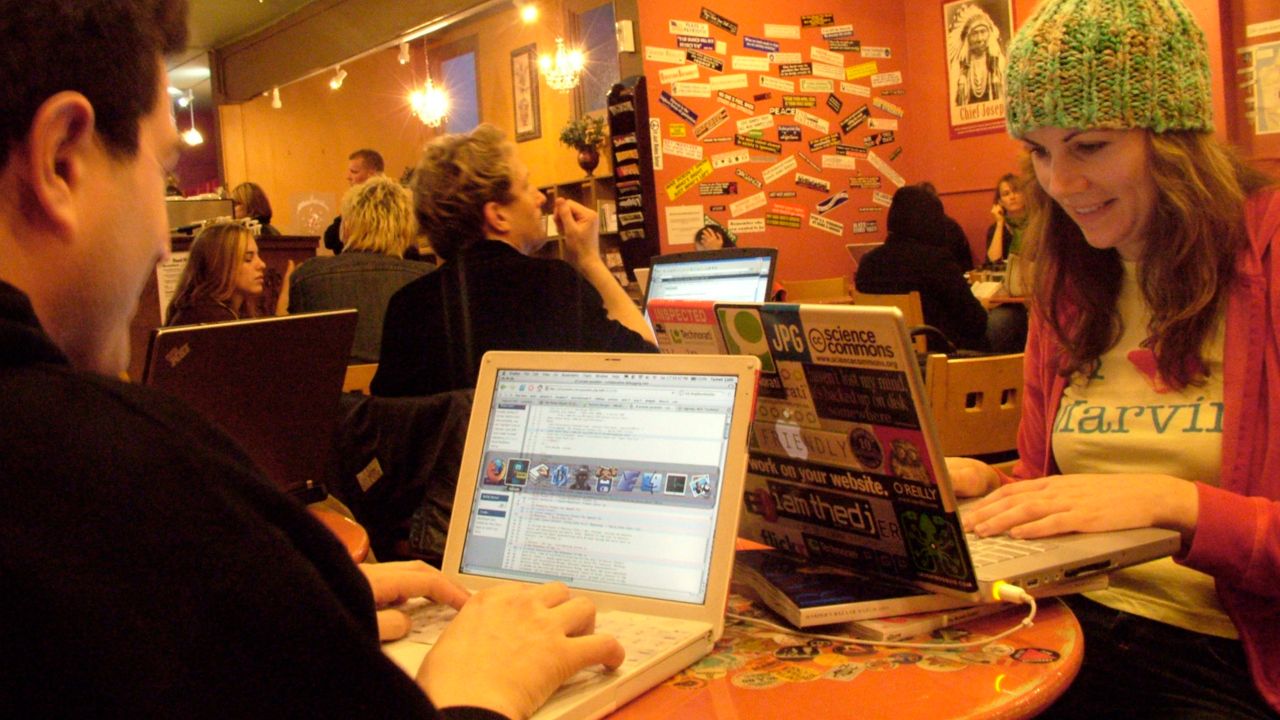
2006 was a pivotal year in the rise of the social web. In July, Twitter launched; in September, Facebook debuted its “news feed” and opened registrations for all people (not just US college students); and in October, Google acquired YouTube, which resulted in the mainstreaming of online video.
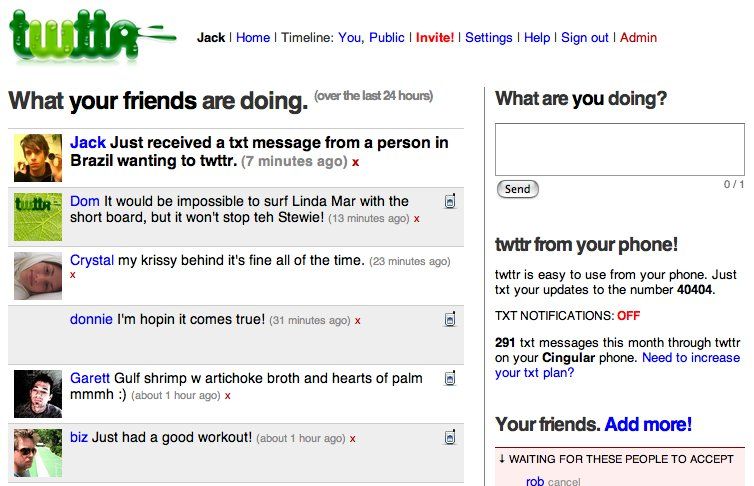
If 2005 was about the decentralised blogosphere and early “social software” products like Flickr and del.icio.us, then 2006 was when big tech companies began to assert themselves. It was the first signs of centralization, which at the time was seen as the internet “maturing.”
Cloud Computing & Web Office
In March, Amazon Web Services launched the first in a seres of cloud computing products, the names of which got more baffling with each release. First there was the Simple Storage Service (S3), then Simple Queue Service (SQS) in July, and the Amazon Elastic Compute Cloud (EC2) in August. It was as if the author Tom Wolfe had been put in charge of product naming. Amazon’s transformation from e-commerce corporation into a software platform company was confirmed in November, when founder Jeff Bezos graced the cover of BusinessWeek and talked about his “risky bet.”
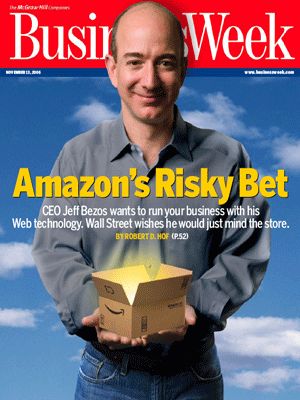
Google, which had started out in the late-90s as a simple search engine, was now branching out in all directions — but particularly in the creation of what I termed the “Web office.” It began in March, when Google acquired a little-known online word processing startup called Writely. Then in August the company released “Google Apps for Your Domain,” a set of apps for organizations that included Gmail, Google Talk, Google Calendar, and the Google Page Creator. Finally, in October, “Google Docs & Spreadsheets” went live (the Writely brand was ditched). Slowly but surely, Google was creating an entire office suite to compete with the mighty Microsoft Office.

UGC & Power Laws
“User generated content” (UGC) was a term that started to fly around a lot during 2006. One popular theory of the still emerging Web 2.0 era was that if you could build a company off the back of free content contributed by users and then somehow gain “network effects” — where the more people who contributed content, the more attractive the site became — then you stood a good chance at striking it rich. Easier said than done, but YouTube, Flickr and (increasingly) Facebook were proving that it was the path to success in 2006.
Perhaps the definitive UGC site of 2006 was Digg, a tech news aggregator that had recently surpassed Slashdot in popularity. Digg had grand ambitions — it wanted to expand well beyond tech news and into mainstream topics like science, sports and music. Reddit also had similar ambitions, but it was much less popular than Digg in 2006. It was Digg’s game to win.
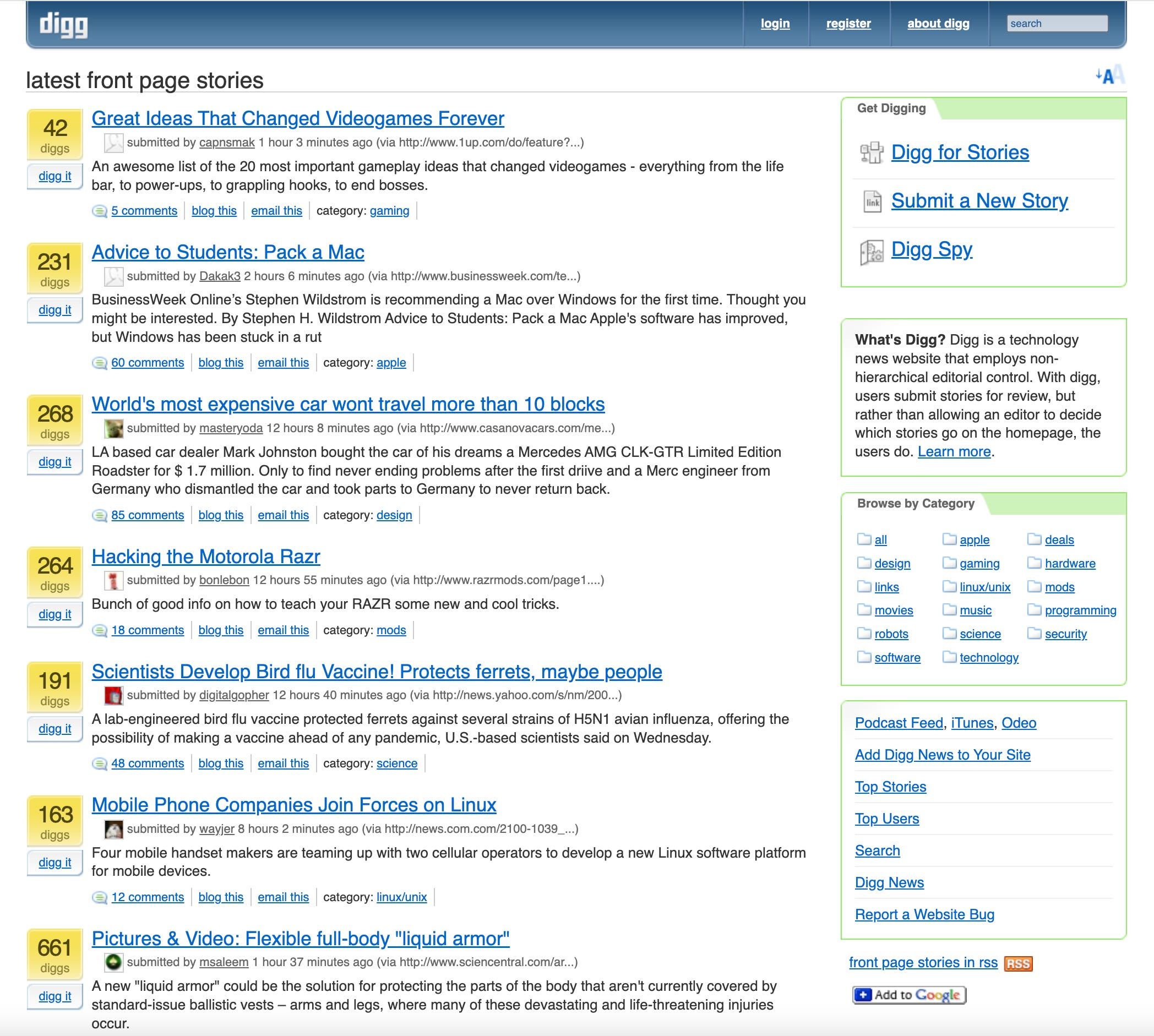
The problem was, Digg was easily gamed. During 2006, I discovered that nearly 30 percent of front-page stories on Digg were contributed by just ten people. This is known as a “power law,” which was fairly common in any network but became endemic on UGC sites. What’s more, Digg’s power-law dynamic didn’t just apply to users — it also applied to content creators, in that a disproportionate amount of Digg front pages went to a select group of blogs and other websites. I knew of at least one tech blog that was able to charge high advertising rates thanks to the traffic Digg sent them.
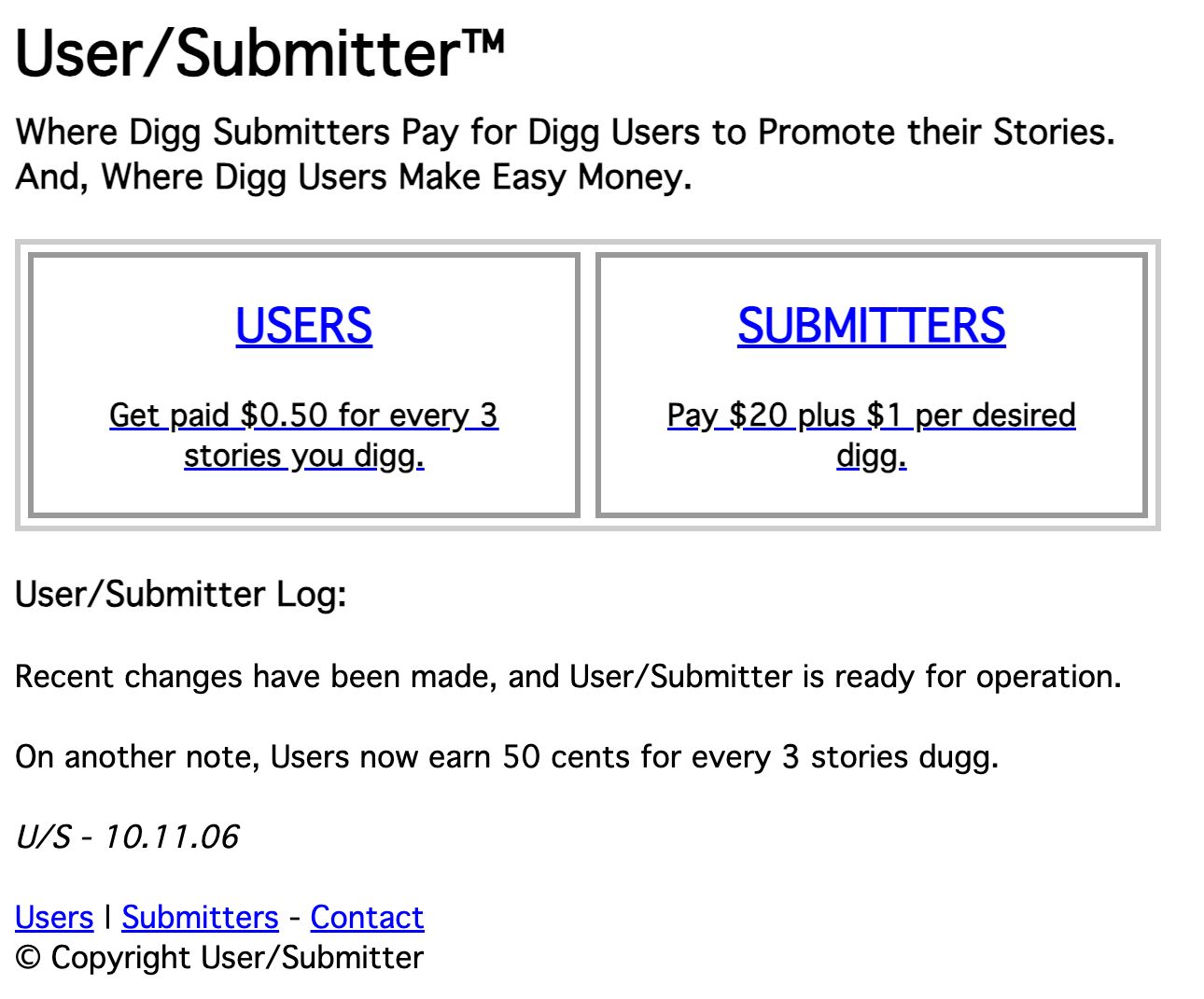
In September, Digg CEO Kevin Rose announced an “algorithm update” aimed at improving “digging diversity.” He added, “Users that follow a gaming pattern will have less promotion weight.” I reported soon after on ReadWriteWeb that Rose’s post “caused an uproar amongst Digg’s top users, who feel they have been accused of gaming.”
Digg's power user problems were only just beginning. It showed that even though UGC was the secret to success in Web 2.0, it wasn't easy to keep different constituents of people happy.
The Year of You
Among web geeks, there was a tendency to over-index on RSS products in 2006. So when a redesign of Google Reader was launched in late September, I wrote an overexcited blog post about it. “It now has a look n’ feel very much like Gmail,” I gushed, adding that I thought Google Reader might soon be merged with Gmail.
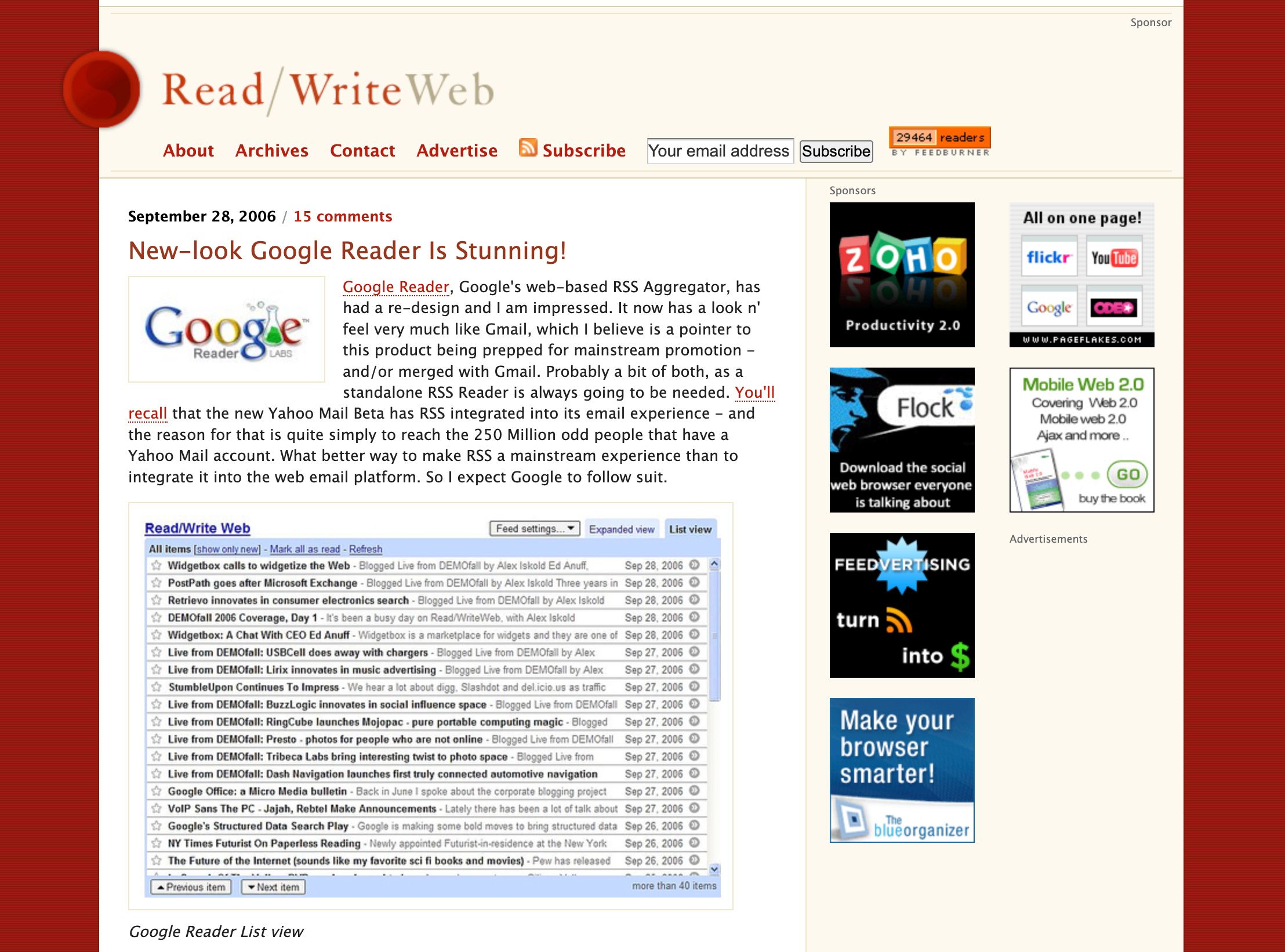
Most people didn’t even know what RSS was at that time. However, the internet in general made a much bigger impact on the wider culture in 2006. So much so that Time magazine named the web-powered “You” as its Person of the Year. The accompanying article, written by Lev Grossman, used the term Web 2.0 a few times (attributed to “Silicon Valley consultants”), and there was talk of an internet “revolution.”
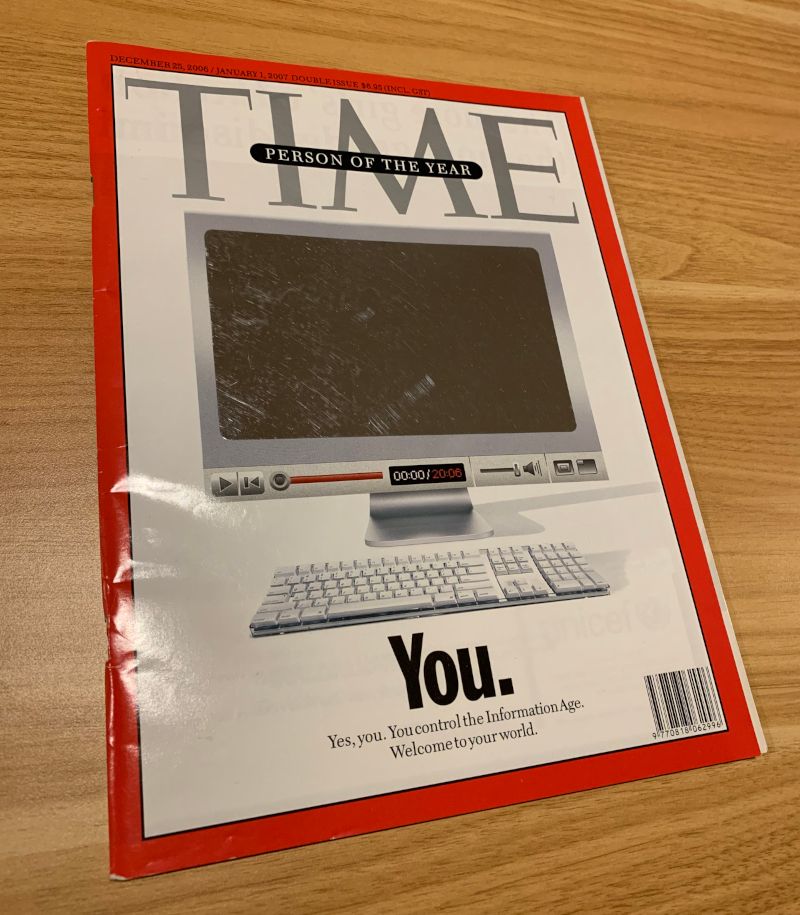
Grossman acknowledged that tools such as blogs, YouTube, and social networks were “a massive social experiment” and perceptively noted that “Web 2.0 harnesses the stupidity of crowds as well as its wisdom.” But he ended on a note of rose-tinted optimism common to that era: “This is an opportunity to build a new kind of international understanding, not politician to politician, great man to great man, but citizen to citizen, person to person.”
Platform Power Emerges
Time’s front-page coverage validated Web 2.0 as a cultural movement. 2006 was the year the social web broke through, with Facebook and YouTube leading the charge. It was also the year where cloud computing came of age and Google began the shift to a web office.
Vive la révolution, I guess — although in later years it became clear that the users ("You") were not, in fact, in charge. The likes of Facebook, Google and Amazon had only just begun to flex their platform powers.
Lead image: photo by Tara Hunt
Read next: More year-by-year overviews of internet history
Buy the Book
My Web 2.0 memoir, Bubble Blog: From Outsider to Insider in Silicon Valley's Web 2.0 Revolution, is now available to purchase:
- Paperback, US$19.99: Amazon; Bookshop.org
- eBook, US$9.99: Amazon Kindle Store; Apple Books; Google Play
Or search for "Bubble Blog MacManus" on your local online bookstore.